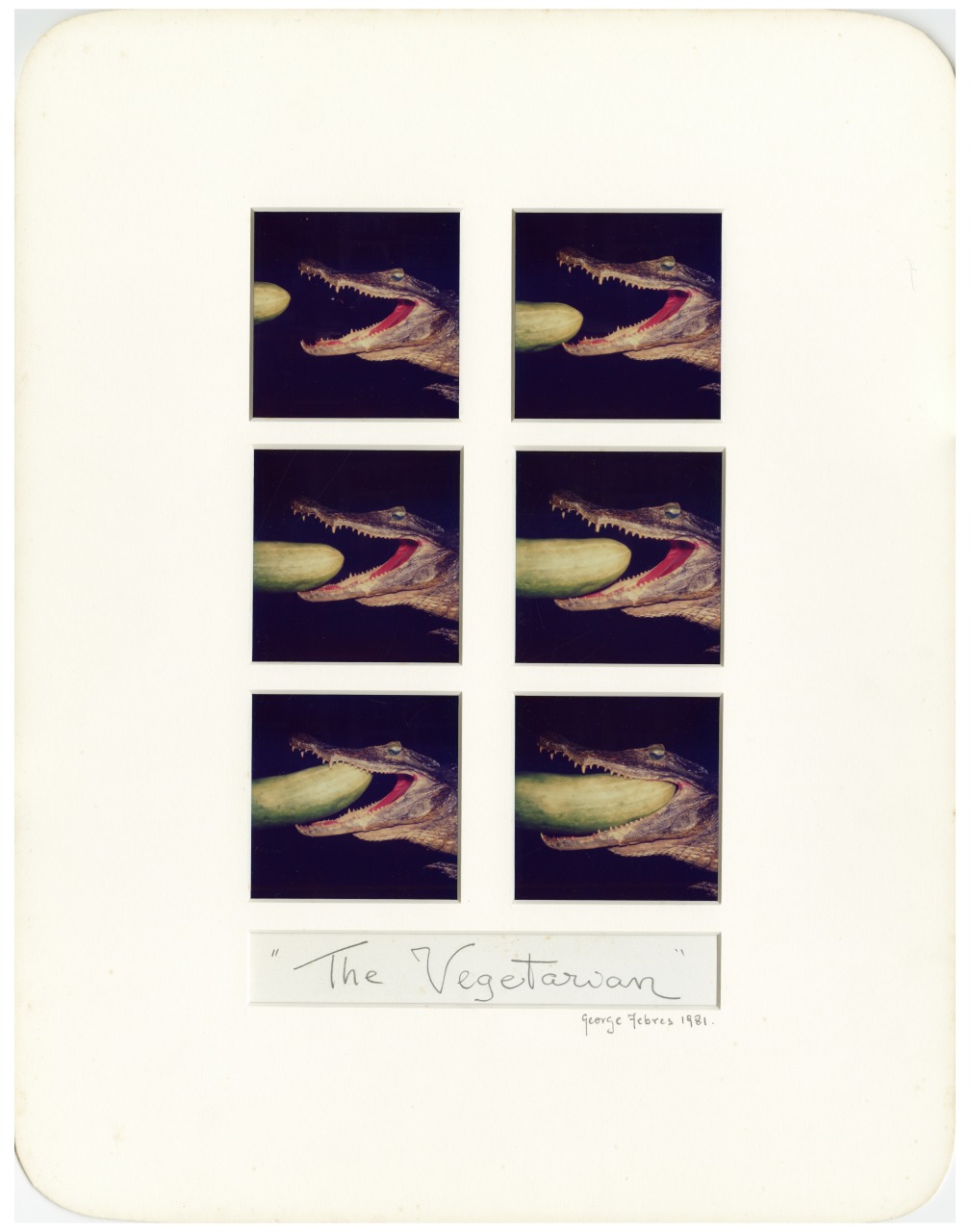Photo processing became eminently portable with the invention of the dye diffusion transfer process by Edwin Land in 1947. This trademarked Polaroid-Land Process for instant photography was available only in black and white until the introduction of Polaroid Polacolor in 1962. Other companies, such as Kodak, offered similar instant products over the decades to follow.
The dye diffusion transfer process occurs within a single packet—containing chemicals, material for making a disposable negative, and material for generating the finished print. The negative consists of three silver halide layers that are sensitive to different colored light waves (red, green, and blue) and three layers of complementary colored dyes (cyan, magenta, and yellow). The positive consists of a pod of developing gel and a sheet with color emulsion layers to receive the dyes from the negative. The negative/positive packet is placed in a camera. Upon exposure, the packet is pulled out of the camera, being squeezed between two rollers. The squeezing action ruptures the developing-gel pod and spreads the chemicals between the negative and positive layers. The three phases of the process—negative development, transfer, and positive development—begin immediately and simultaneously. In approximately 60 seconds, the negative can be peeled off, revealing a positive color image.
The internal (or integral) dye diffusion transfer process, while similar, was introduced 10 years later, in 1972. The process was created by Polaroid and marketed as Polaroid SX-70. Rather than a negative and positive layer sandwiched together, all of the chemicals, the negative, the positive, and a battery for ejecting the print from the camera are included in a single unit. After the unit is exposed, it is automatically ejected from the camera without the photographer having to pull it out manually. The ejecting action breaks the gel-developer pod. This chemical reaction releases the colored dyes, which start to rise through the layers of the packet. Where the light has exposed
silver halides, the dye attaches to them, creating a bond between silver and dye and forming a negative image. The remaining dyes continue up to the top layer, producing a one-of-a-kind, continuous-tone positive image. The negative remains a permanent part of the laminate structure of the unit or print.

The Vegetarian
Polaroid SX-70 prints/ integral dye diffusion transfer; 1981
by George Febres
gift of George Febres, 1995.54.85 i–vi
